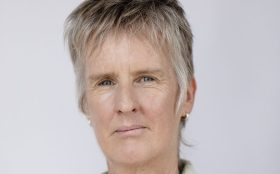From February 2020 the Department of Communications and the Arts will be merged to create a new mega-agency called the Department of Infrastructure, Transport, Regional Development and Communications. Arguments in favour of the restructure were summarised by the Prime Minister:
‘Australians should be able to access simple and reliable services, designed around their needs. Having fewer departments will allow us to bust bureaucratic congestion, improve decision-making, and ultimately deliver better services for the Australian people.’
Arguments from the sector against this merger include:
- the symbolic (removal of ‘arts’ from the Department title negatively reflects the symbolic importance of cultural identity);
- the political (strong leadership is required to ensure arts voice is heard across the portfolios);
- and the financial (concerns on the capacity of one department to effectively resource arts and culture).
The real question is: ‘Why does the arts continue to be marginalised?’ It remains a huge concern that without a comprehensive evidence base on the impact that sector delivers, the sector value will continue to be disparaged and de-funded.
So, what are we going to do about it? The Prime Minister’s argument highlights that as a sector, we need to do better at proving our value.
At Culture Counts, we work with over 300 organisations across Australia, demonstrating the importance of arts and cultural activity to our national innovation capacity and social fabric. It is only because of the passion and dedication of organisations within this sector that we can exist. However, to facilitate change in the government decision-making, and better outcomes for the sector, we need to improve how we demonstrate value.
Where do we start? Arguing that reducing real funding to the arts is unfair and that the value of the arts should be self-evident, has clearly not worked. Let’s get smart and develop a shared public view of arts value; standardise key aspects of the language to describe that value; develop common data sets to measure outcomes; and build an evidence base that proves the wide range of cultural, social, economic and civic impacts that sector has.
Decisions made about funding reflect the political understanding of what Australians value. Without our own impact and value evidence, the arts sector will continue to vanish from the Australian consciousness. Let’s get on and sort that out, shall we?
This article was originally published as ‘On the federal changes to the arts in Australia’ on the Culture Counts blog.





